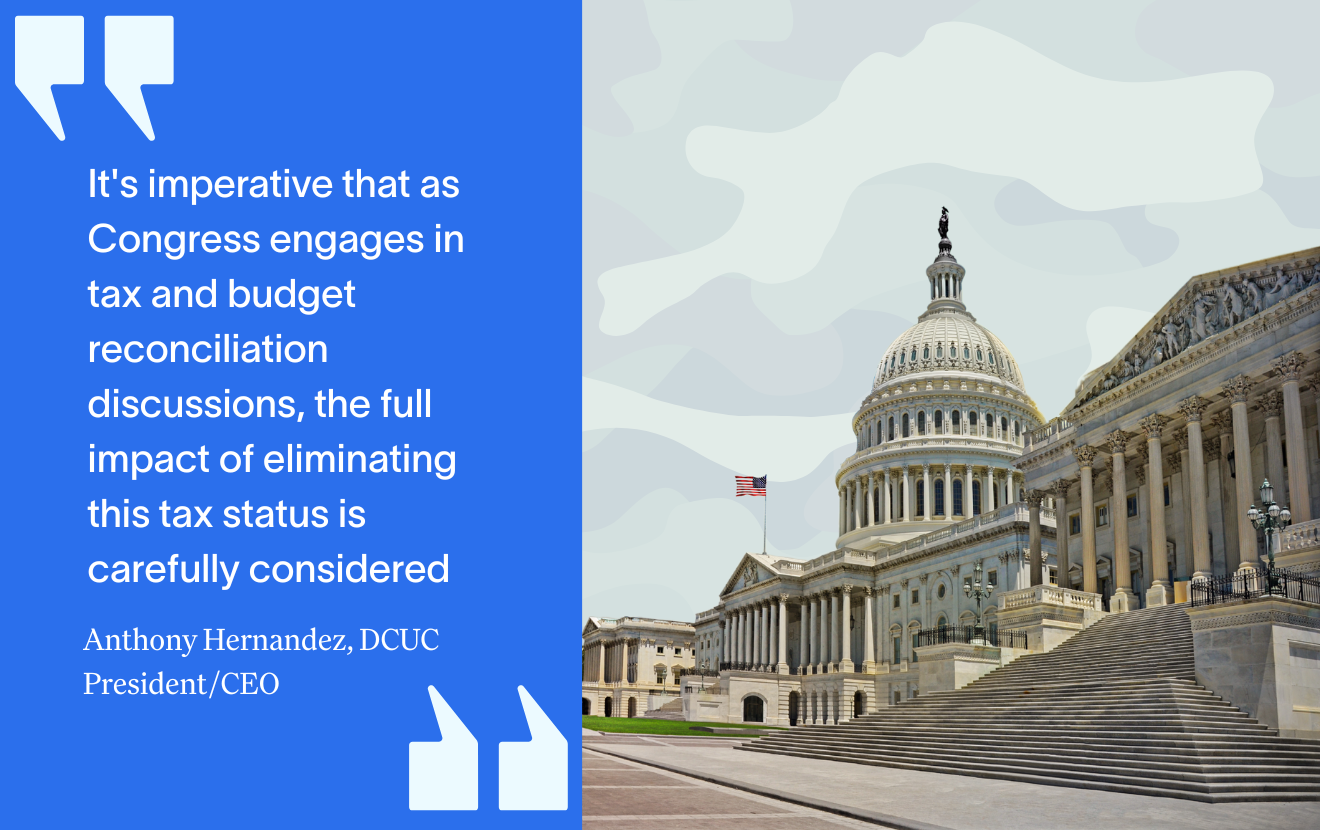Lending is, or should be, the backbone of credit unions – a primary revenue generator. Without lending, credit unions become nothing more than a retail environment that must focus on fees to generate income.
Besides impacting your credit union bottom line, lending is a major economic driver. One of the primary instruments that can stimulate our economy is the flow of money from lenders to businesses to consumers.
We must integrate lending best practices to ensure good lending decisions are made, but lending is a key component that is needed to stimulate growth and the economy.
Two Key Principles
To get more business and consumer loans, you have to capture more of the market share. To capture more of the market share, you have to create opportunities to open more doors. The more doors of opportunity that are opened, the more opportunities there are to build strong relationships. The more relationships you build, the more business and consumer loan opportunities you can capture.
Successful retailer James C. Penney said, “It is the service we are not obliged to give that people value most.”
John C. Maxwell, renowned author on leadership, stated in his book, How Successful People Think, that creativity gives us more opportunities and more options.
Rules to Live By
Credit unions have to become creative in adding value to the relationships with their members in order to capture more loans. Here are rules to live by:
- More relationships lead to more loans.
- More value opens more doors.
- Don‘t just be a credit union to your members, be a partner.
- In order to receive, you must give – give of yourself, time, resources, and value.
- Build relationships and partnerships, don‘t be an order taker.
- Work smarter not harder – network...network...network.
- Take the “cold” out of “cold call”‖...network...network...network.
- Use the 2-2-2-6-1 Program to develop strong, long-term relationships.
The 2-2-2-6-1 Program is a Relationship Building Program that deepens relationships with new members. If the program is executed effectively, e.g., the right people with the right skill sets asking the right questions, etc., then the right desired results should occur – increased member profitability and loyalty, both of which are priceless.
The 2-2-2-6-1 Program is designed to strengthen member relationships through a methodical touch point process that is relationship-building‖oriented. Here’s the process:
- 2-Day Touch Point: Two days subsequent to account opening, contact your member to thank them for choosing your credit union and allowing you to assist them with their financial needs.
- 2-Week Touch Point: Two weeks subsequent to account opening, contact your member to make sure they have received appropriate information, e.g., checks, debit card, loan coupons, etc. Once again, thank them for choosing your credit union and allowing you to serve them.
- 2-Month Touch Point: Two months subsequent to account opening, contact your member to ask them about their member experience with your credit union ... and to see if there is anything further you can do to assist them with their finances. You may mention a promotion or new product/service that may save them money, earn them more money, or create a convenience for them.
- 6-Month Touch Point: Six months after your member opens the account, contact them to ask once again about their member experience with your credit union ... and to see if there is anything further you can do to assist them with their finances. You may mention a promotion or new product/service that may save them money, earn them more money, or create a convenience for them.
- 1-Year Touch Point: One year after your member opens the account, contact them to recognize their “One Year Anniversary” and offer a thank you gesture/reward for one year of loyalty. Once again, ask them about their member experience with your credit union thus far...and to see if there is anything further you can do to assist them with their finances.
You may mention a promotion or new product/service that may save them money, earn them more money, or create a convenience for them. Offer to conduct their one-year financial review and credit score analysis to determine what you, as a partner, can do to enhance the member‘s financial strength.
Employees Must Take Ownership of Members
Building strong relationships with members is the cornerstone for growing profitable loan opportunities. Members have to feel like you add value to their financial lives and that you care about their goals, needs, and dreams. They have to see you as a partner ... someone who focuses on what you can do to help them and not just your bottom line. Profits usually take care of themselves when you take good care of your members and build long-term relationships that lead to referrals.
Employees must take ownership of your members and be committed to them for life before members will be committed to your credit union for life. Relationships are all about mutual trust, which takes time to establish. The first year is the most crucial time to build a strong relationship with a new member.
After that first year, however, it is vital that you maintain and strengthen the relationship with your members. Too often credit unions fail to re- touch members once the relationship isn‘t so new. Members‘ needs may change and/or their financial situations can change quickly. It is important to follow up regularly with your members.
In addition, they could have encountered a “bad experience” during a visit or phone call with a member service rep who was also having a “bad day.” Following up quarterly with a phone call helps you keep your pulse on the member‘s experience with your credit union. That quarterly phone call also helps you determine how you may be able to assist them with their current financial needs ... a critical component of relationship strengthening.







